Which One Packs a Greater Punch? When it comes to dried fruits, figs and anjeer are two popular choices that often get confused with each other. While both are nutritious and packed with flavor, there are some key differences between the two. In this article, we will explore the characteristics and benefits of dried figs and anjeer to help you make an informed decision about which one to include in your diet. Dried figs are a cultivar of the common fig, known scientifically as Ficus carica.
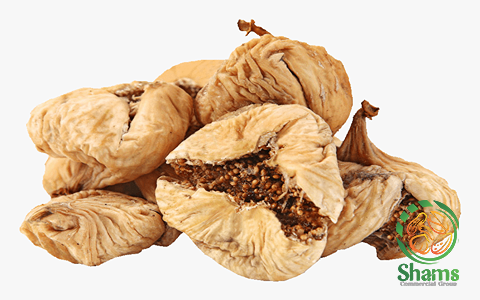
.
 They are dried to enhance their shelf life and create a chewy, sweet treat. Figs have a rich history and have been consumed for centuries due to their taste and nutritional value. They are a good source of vitamins and minerals, including potassium, calcium, magnesium, and vitamin K. Figs also contain dietary fiber, which aids in digestion and promotes a healthy gut. On the other hand, anjeer is the Hindi term for dried figs. The confusion arises from the fact that anjeer refers specifically to the dried variety of figs. While both dried figs and anjeer are made from the same fruit, anjeer is commonly used to refer to the imported variety that is typically more expensive than locally produced dried figs. In terms of taste and texture, dried figs and anjeer are quite similar.
They are dried to enhance their shelf life and create a chewy, sweet treat. Figs have a rich history and have been consumed for centuries due to their taste and nutritional value. They are a good source of vitamins and minerals, including potassium, calcium, magnesium, and vitamin K. Figs also contain dietary fiber, which aids in digestion and promotes a healthy gut. On the other hand, anjeer is the Hindi term for dried figs. The confusion arises from the fact that anjeer refers specifically to the dried variety of figs. While both dried figs and anjeer are made from the same fruit, anjeer is commonly used to refer to the imported variety that is typically more expensive than locally produced dried figs. In terms of taste and texture, dried figs and anjeer are quite similar.
..
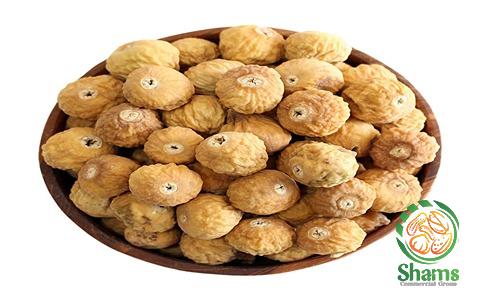 They both have a naturally sweet flavor and a chewy texture that makes them a delightful snack on their own or a versatile ingredient in both sweet and savory recipes. One primary difference between the two lies in their size. Anjeer is usually larger and plumper compared to locally produced dried figs, which tend to be smaller and slightly drier. When it comes to nutritional value, both dried figs and anjeer offer a range of health benefits. Both varieties are rich in antioxidants, which help protect the body against oxidative stress and reduce the risk of chronic diseases. Additionally, they are a great source of dietary fiber, which aids in digestion, helps regulate blood sugar levels, and promotes feelings of satiety. One notable nutritional difference between the two is their mineral content.
They both have a naturally sweet flavor and a chewy texture that makes them a delightful snack on their own or a versatile ingredient in both sweet and savory recipes. One primary difference between the two lies in their size. Anjeer is usually larger and plumper compared to locally produced dried figs, which tend to be smaller and slightly drier. When it comes to nutritional value, both dried figs and anjeer offer a range of health benefits. Both varieties are rich in antioxidants, which help protect the body against oxidative stress and reduce the risk of chronic diseases. Additionally, they are a great source of dietary fiber, which aids in digestion, helps regulate blood sugar levels, and promotes feelings of satiety. One notable nutritional difference between the two is their mineral content.
…
 Anjeer contains higher levels of minerals like calcium, iron, and zinc compared to locally produced dried figs. This makes anjeer an excellent choice for individuals looking to boost their mineral intake. Despite their slight differences, dried figs and anjeer share many health benefits. They are both beneficial for heart health, as they contain compounds that help lower cholesterol levels and reduce the risk of cardiovascular diseases. Both varieties also provide natural sugars and carbohydrates, making them a convenient energy boost for athletes or individuals looking for a healthy snack during the day. In conclusion, whether you choose dried figs or anjeer, you can’t go wrong with either option. They are both delicious and nutritious, offering a plethora of health benefits. If you’re looking for a locally produced option, dried figs are a great choice. However, if you’re willing to splurge and prefer a larger, plumper texture, anjeer might be the way to go. Ultimately, it depends on your personal preferences and budget. So why not grab a handful of either dried figs or anjeer and enjoy these delightful fruits while reaping their numerous health benefits?
Anjeer contains higher levels of minerals like calcium, iron, and zinc compared to locally produced dried figs. This makes anjeer an excellent choice for individuals looking to boost their mineral intake. Despite their slight differences, dried figs and anjeer share many health benefits. They are both beneficial for heart health, as they contain compounds that help lower cholesterol levels and reduce the risk of cardiovascular diseases. Both varieties also provide natural sugars and carbohydrates, making them a convenient energy boost for athletes or individuals looking for a healthy snack during the day. In conclusion, whether you choose dried figs or anjeer, you can’t go wrong with either option. They are both delicious and nutritious, offering a plethora of health benefits. If you’re looking for a locally produced option, dried figs are a great choice. However, if you’re willing to splurge and prefer a larger, plumper texture, anjeer might be the way to go. Ultimately, it depends on your personal preferences and budget. So why not grab a handful of either dried figs or anjeer and enjoy these delightful fruits while reaping their numerous health benefits?

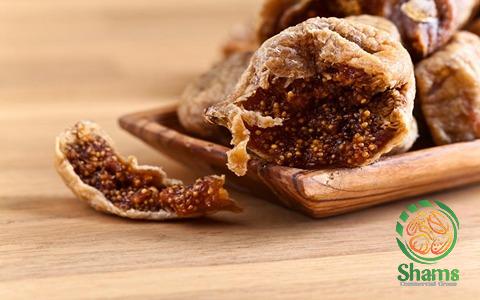
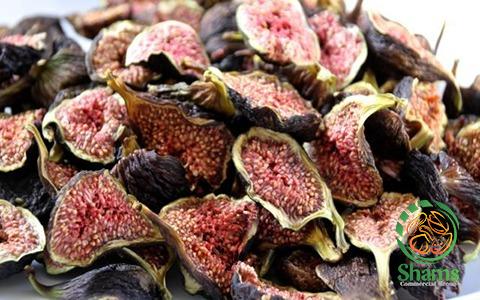
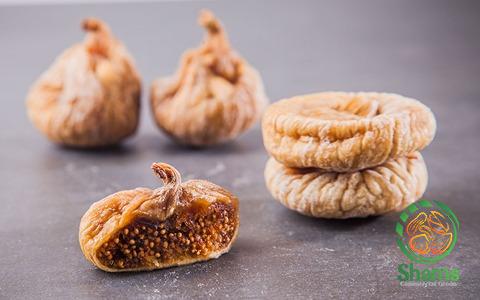

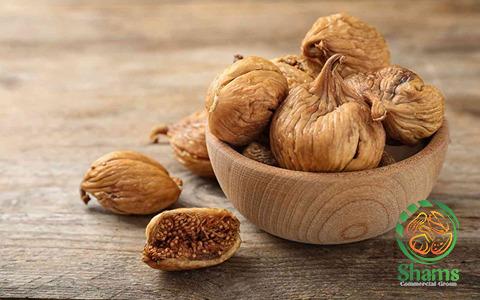
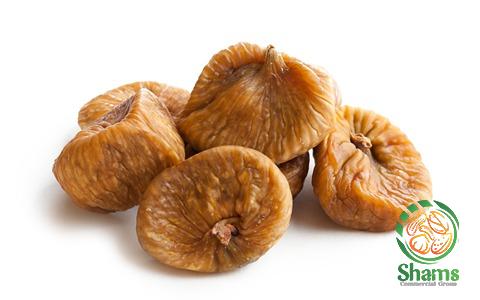
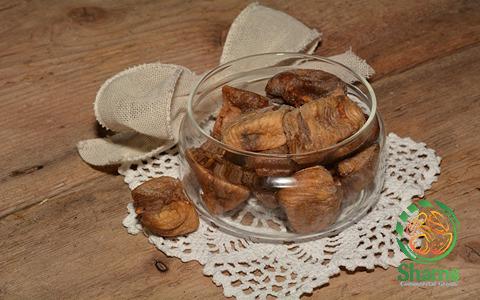
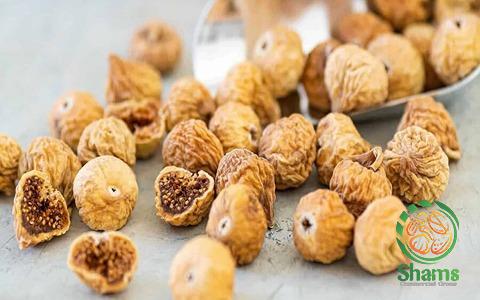
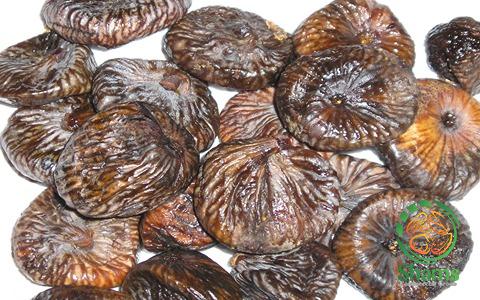
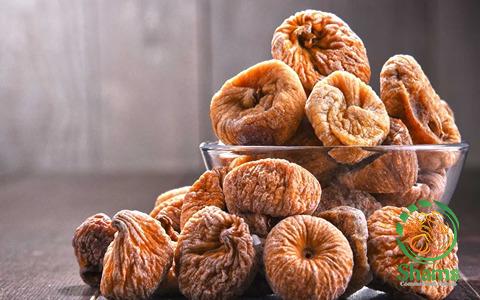
Your comment submitted.